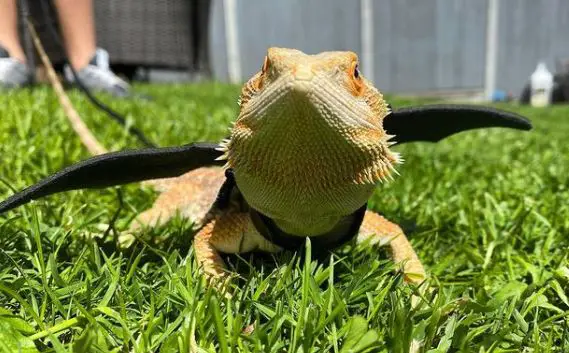What happens if a bearded dragon gets too cold?
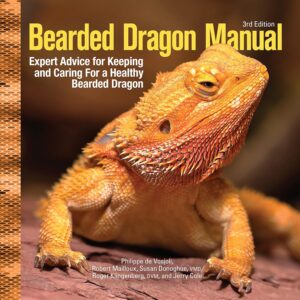 This question can put many owners into worry, especially when they do not have any reasons for this issue in their minds.
This question can put many owners into worry, especially when they do not have any reasons for this issue in their minds.
The bearded dragon is one of the popular pets raised by people in their houses. Therefore, it is necessary to find out ways to keep them healthy.
This article will give you some general information about this type of animal, as well as signs, causes, and fixes when a bearded dragon is cold.
Related Posts:
- Bearded Dragon Sleeping in Water Dish: What You Should Know
- Do Bearded Dragons Sleep Standing Up? Sleeping Habits
- Can I Put My Bearded Dragon in a Hamster Ball?
- Do Bearded Dragons Fight to Death? What You Need to Know
Can Bearded Dragons Survive in Cold Temperatures?
No, bearded dragons cannot suffer a temperature of lower than 65°F.
Bearded dragons are in kind of ectotherm, or known as cold-blooded.
This means they are not able to internally control their temperature like mammals. Instead, an external power source is extremely essential to their survival.

Theoretically, the degree of 90 to 100°F would be ideal for your lizard friends to survive.
However, we can even keep them safe at a low temperature of 65°F.
Despite this, the owners should consider that beardies could only tolerate cooler temperatures for a while, not more than 24 hours.
When beyond their tolerance, bearded dragons will suffer from many serious issues.
Below is the chart showing suitable temperatures for bearded dragons depending on age and keeping site.
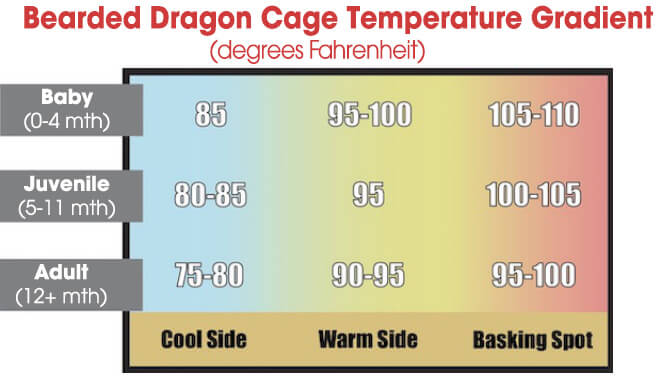
What Are the Symptoms Your Bearded Dragon Is Too Cold?
Before we talk about what happens if a bearded dragon gets too cold, let us discuss the symptoms that they are indeed “too cold.”
The owners need to realize the signs when their pets are getting too cold to immediately find out the suitable solutions.
1. Touch Them
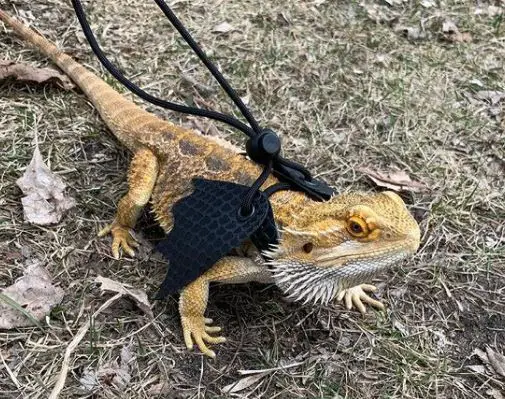
The easiest way for you to know whether your lizard friend is at a good degree or not is by touching him.
If he is at a low temperature, obviously, there is something wrong with the heating system.
Most bearded dragons tend to spend most of their time searching for heat to bask under.
2. Behavior
It is logical for a beardie to seek a heating source when he feels cold.
Normally, they will display basking behaviors as bearded dragons flatten their bodies to raise the surface area from above.
By this, they can soak up as much heat as possible.
Sometimes, when your beardie turns himself into a scaly pancake, he is in a low degree and looking for warmth.
3. Immobile
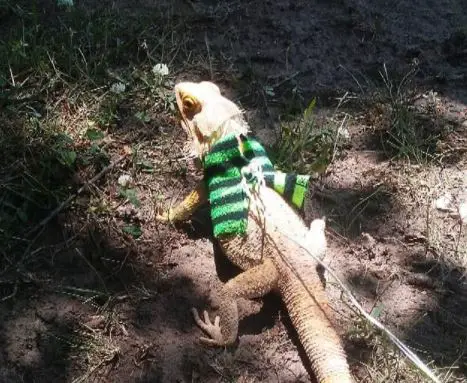
If your bearded dragon is too cold for a long period, he is likely to be immobile.
This is because there is no heat for him to metabolize. In this case, you can find your pet still aware but unable or unwilling to move.
4. Unresponsive
Another sign when breaded dragons get too cold is that they are likely to be unresponsive.
If you find your pet in this case, immediately take him to the vet, as he is unable to function normally.
There will be gaps between breaths and the breathing may be shallow.
5. Color
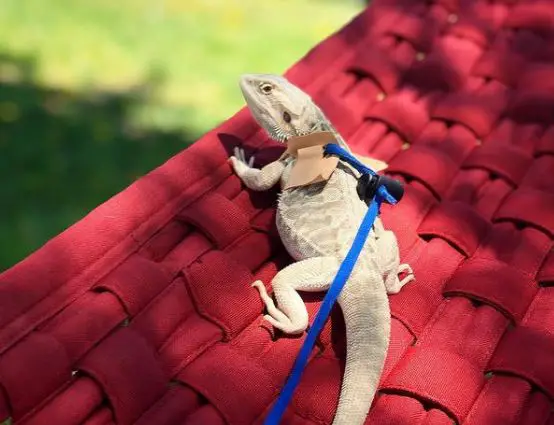
When breaded dragons are too cold, their color can be a strong indicator.
They darken their bodies to absorb more heat until they have had their bodies under the basking lamp.
If you notice their skin darker at a random time of the day, it might be because they are in low temperatures.
What Happens If a Bearded Dragon Gets Too Cold?
 Now, what happens if a bearded dragon gets too cold?
Now, what happens if a bearded dragon gets too cold?
If, for some reason, your lizard friend stays in the cold for more than 24 hours, most of his basic and routine tasks would be negatively influenced.
These include movement, food digestion, waking up, and even respiratory health.
Some may lead to fatal diseases in the end.
1. Digestion Issues
The most common issue when a bearded dragon gets too cold for a long time is that they are unable to digest food.
This can impact the overall health. Just imagine that when your pet does not run his digesting system, there will still be food remaining inside to rot.
This rapidly leads to a fatal situation that will kill him.
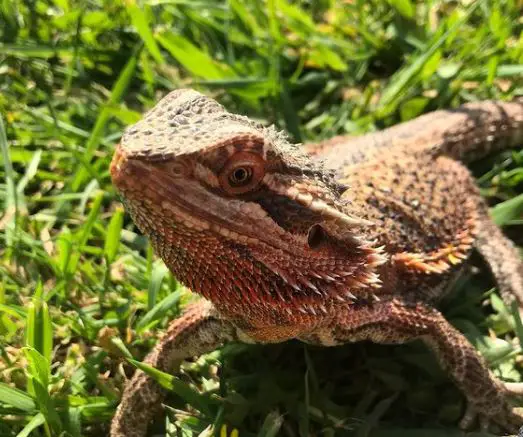
Normally, bearded dragons need heat to digest food and absorb nutrients to raise themselves.
Because bearded dragons are cold-blooded, they depend on external heating sources and cannot generate heat by themselves.
This means that the owners have to ensure the correct degree in their beardie’s terrarium to prevent any problems of digestion.
2. Slow Movement
Another negative influence that happens when a bearded dragon gets too cold is that your lizard friend would be lazy or lethargic.
When facing digestion problems, bearded dragons do not have the essential nutrients the body needs, which causes their body weakness.
In other words, there would be a decrease in body movements. The beardies spend most of their time in one location without moving anywhere.
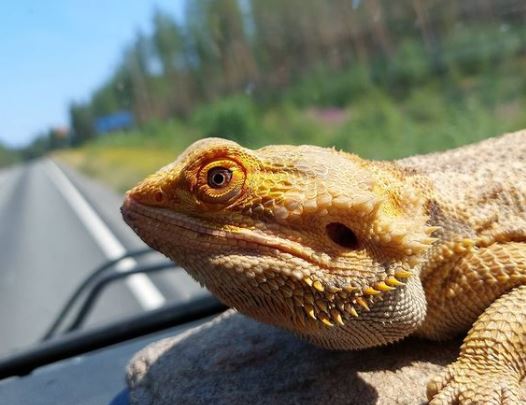
3. Not Waking Up
When faced with the freezing temperature, a beardie tends to not wake up and continues sleeping to save his energy.
It is a normal characteristic for breaded dragons to have deep sleep during winter to avoid extreme cold.
However, if you find your pet not waking up due to low temps for a while, it is extremely important to get instant help from the vet.
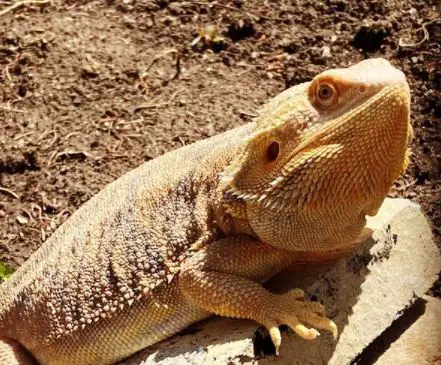
4. Respiratory Infection
It is very essential to remain the proper temperature in the terrarium to have excess moisture in the air burned to lower humidity.
Low temperature and high humidity are widely known to cause not only respiratory infections but also other serious problems and even deaths.
The right living conditions in your pet’s habitat such as temperature, humidity, substrate, spacing, and so on can give your lizard friend a stress-free, long and happy life.
Why Does My Bearded Dragon Feel Cold?
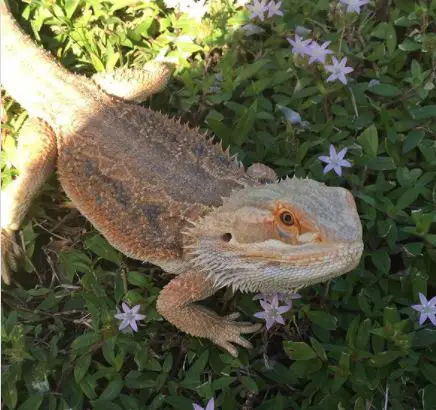
The owners should know what could cause their pet to be in low temps. Below are some common reasons that should be noticed.
1. Wrong Lamp or Lamp Replacement
You should make sure that your heat lamp is in high wattage to produce enough temperature for basking.
To do that, you could purchase special bulbs for reptiles.
If you do not put the lamp in the right place, it might even limit the heat available to your pet.
On the top of the tank is an ideal spot to hang bulbs as beardies absorb heat most efficiently on the dorsal side.
The owners should also utilize some furniture such as slanted rocks or logs to create height for the beardies to get closer to the heat lamp.
2. Blown Lamp
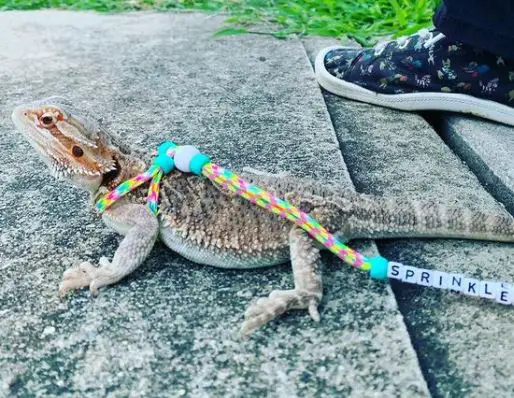
There are usually two main types of lamps. You can realize instantly whether your lamp has blown or not if your heat lamp is light-emitting.
However, in case you use a lamp that does not emit light, it will not be visually considered if it has blown, as obviously there is no change in light.
To tackle this problem, taking daily readings of temperature must be on your to-do list in the morning and at night.
Also, you should have preventive lamps to have timely replacement when necessary.
3. Poor Enclosure Ventilation/Insulation
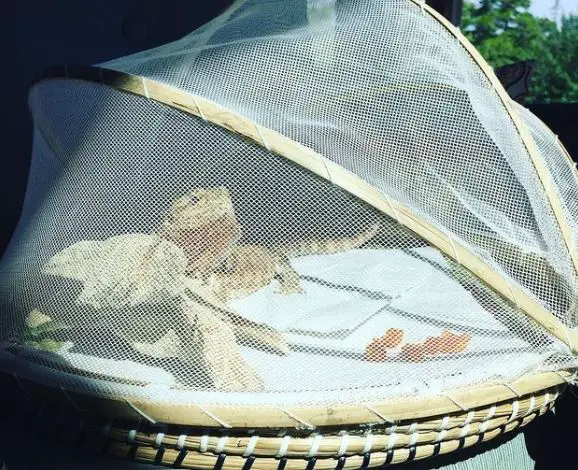
If your heating lamp is in the right place with the proper amount of heat but you still find that the temperature is still not maintained well, it may be an issue with the tank.
Some tanks are designed with glass with a mesh top, which can escape the heat and get bad things to happen when your bearded dragons get too cold.
In this case, you should have most of the mesh area covered to minimize the loss of heat.
A good choice is to use enclosures made of wood and glass with inbuilt ventilation. This can keep heat inside without large-scale heat loss.
4. Inappropriate Tank Size
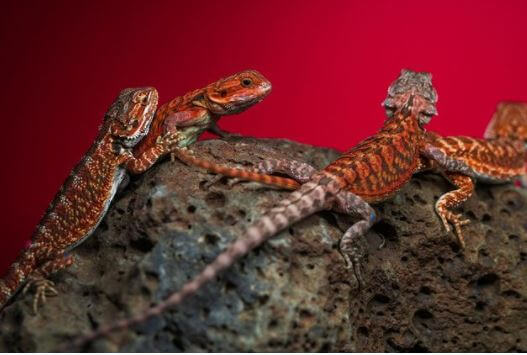
If you use a tank that is too large for the heating lamp to provide enough heat, it would be another reason why your bearded dragon is too cold.
As a solution, the owners should equip multiple sources of heat or incorporate a ceramic heat lamp with a basking one to keep the temperature warm.
Simply, your tank should have an appropriate size for your lizard friend.
Therefore, it provides enough sources of heat to supply a cool area and a warm temperature overall.
5. Power Loss

Whatever you do to put your beardie in a place with ideal conditions ultimately depends on a power source.
This is beyond your control, so you should prepare for the electricity loss situation.
For this, let’s take a look at ways to keep your pet warm listed below.
How to Warm Bearded Dragons Up Without Power If They Are Too Cold?
In most situations, the main cause of bearded dragons getting too cold is a power failure.
As mentioned before, it is only 24 hours that the beardies could survive in low temps.
Therefore, here are some tips to prevent the issue that happens if a bearded dragon gets too cold.
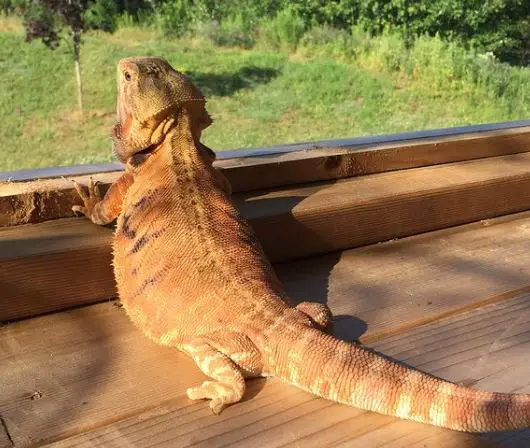
1. Use of a Blanket
The simplest way to keep our lizard out of the cold is to put him in a pillowcase or a blanket and then bring him close to your body.
Your pet will absorb the heat of your body.
In case you have a car, after wrapping your lizard with a blanket, you can put him under the heating.
This is a pretty fast way to increase his temperature.
You can see this video for your reference:
2. Use of a Box and Styrofoam
Another good method to help a beardie avoid getting cold is to use a small box with Styrofoam around it.
This is an ideal insulator to prevent heat loss from the box.
You should ensure an average of 12 holes around the box and then put the heating packs between the foam.
After having your dragon wrapped with a pillowcase, put him in the prepared box and avoid opening it frequently.
You could also use this method to transport your bearded dragon in cold temperatures.
This type of box is sold widely on the Amazon website:
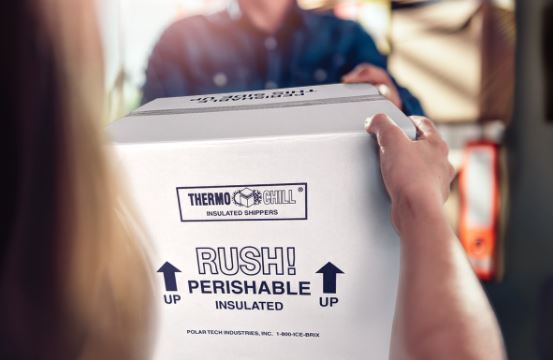
3. Rechargeable Heat Bottle or Pack
Another good way is to use a rechargeable portable heat bottle or pack to warm a beardie.
The only thing you need to do is to look for a place you can charge your bags to heat your pet’s terrarium.
The heat of these bags can last until 8 hours and even more.
Therefore, you do not need to worry much when there is no power.
Frequently Asked Questions About Bearded Dragons Getting Too Cold
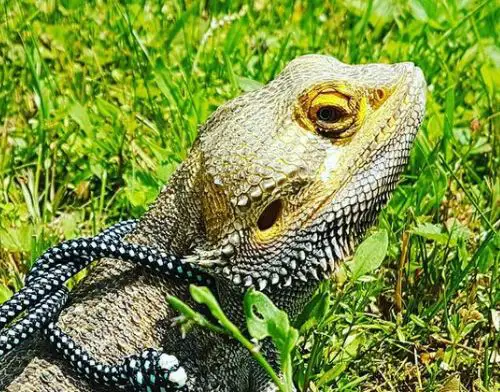
1. Can a Bearded Dragon Live in a 40-gallon Tank?
It depends on the age of your beardie. Baby bearded dragons enjoy their best in tanks no smaller than 20 gallons and ideally 40 gallons.
However, the adult ones should be raised in a tank at a minimum of 55 gallons and ideally 75 gallons.
2. What Size of Tank Do I Need for Two Bearded Dragons?
When you want to raise two bearded dragons together in one tank, the larger the better as they have some space to call their own.
Commonly, at least a 125-gallon enclosure should be in consideration in this case.
3. What Temperature Is Too Cold for Bearded Dragons?
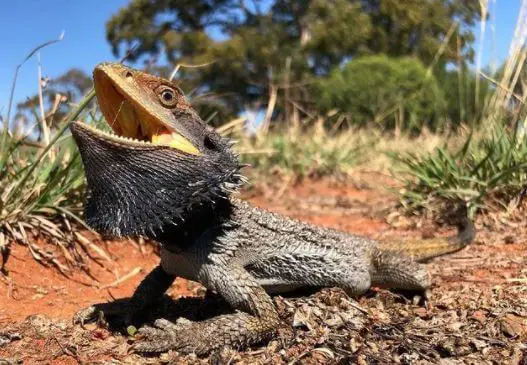
The owners should consider the degree of around 95°F for their lizard friend during the day.
At night, it must not drop to under 65°F.
4. Will a Bearded Dragon Die Without a Heat Lamp?
It is 24 hours for a bearded dragon to survive without heat as long as the temperature is not below 65°F.
Because the beardies need warmth to survive, you should have appropriate measures to keep the temperature in an ideal range.
5. Do Bearded Dragons Need a Heat Lamp at Night?
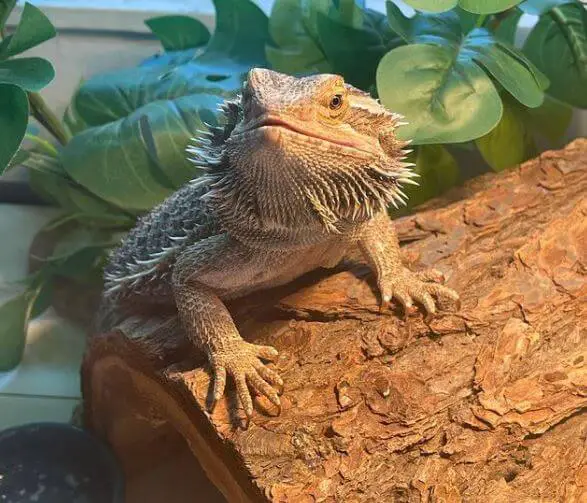
The owners should use a heat lamp for basking when most UVB bulbs do not provide much heat.
However, white light should not be utilized at night since the beardies need proper darkness for their sleep.
At night, it is ideal to keep around 70° to 75°F
Conclusion
Bearded dragons are human’s favorite pets. Therefore, it is necessary to find the best method to keep your lizard friend safe and healthy.
What happens if a bearded dragon gets too cold? Many serious issues would occur in this case.
We hope this article can provide helpful information to prevent this problem and other solutions to save a bearded dragon when it gets too cold.
Key points of what to do if a bearded dragon gets to cold:
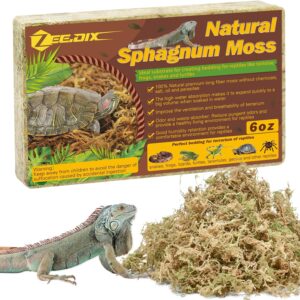 Bearded dragons are cold-blooded reptiles that rely on external heat sources to regulate their body temperature. When a bearded dragon gets too cold, it can lead to health problems and discomfort. Here’s what you should do if you find your bearded dragon in a chilly situation:
Bearded dragons are cold-blooded reptiles that rely on external heat sources to regulate their body temperature. When a bearded dragon gets too cold, it can lead to health problems and discomfort. Here’s what you should do if you find your bearded dragon in a chilly situation:
1. Recognize the Signs:
- Bearded dragons that are too cold may display symptoms like lethargy, reduced activity, or a lack of appetite.
- Their body temperature can drop, making them more susceptible to illness and stress.
2. Measure Temperature:
- Use a reliable thermometer to check the temperature in the enclosure.
- The basking area should be around 95-105°F (35-40°C), while the cooler side should be 75-85°F (24-29°C).
3. Check Heating Equipment:
- Ensure that your heat sources, such as heat lamps or heat pads, are functioning properly.
- Bulbs can burn out, and equipment may require maintenance.
4. Adjust Lighting:
- Proper UVB lighting is essential for calcium metabolism and overall health.
- Ensure your UVB bulb is not expired and is producing adequate UVB radiation.
5. Relocate Your Dragon:
- If your dragon is too cold, gently move them to the warmer side of the enclosure or closer to the heat source.
- Give them access to a basking spot where they can warm up.
6. Increase Ambient Temperature:
- Adjust the room temperature if necessary, as this can influence the enclosure’s ambient temperature.
- Bearded dragons are sensitive to drafts, so maintain a warm and draft-free environment.
7. Use Heat Rocks Cautiously:
- While heat rocks can provide additional warmth, they should be used with caution.
- Make sure they don’t become too hot and risk burning your pet.
8. Monitor Behavior:
- Keep an eye on your bearded dragon’s behavior and body language.
- When they start to become more active and show an interest in food, it’s a good sign that they are warming up.
9. Check for Health Issues:
- If your bearded dragon remains cold despite addressing environmental factors, it may indicate an underlying health problem.
- Consult with a reptile veterinarian to rule out illnesses.
10. Emergency Warming:
- If your bearded dragon’s body temperature drops to a critical level, you can provide emergency warming.
- Place your dragon on a warmed heating pad set to the lowest setting or gently warm them with a soft, warm towel.
11. Prevention:
- Maintain consistent heating and lighting in the enclosure to prevent temperature drops.
- Use a thermostat to regulate the temperature and ensure it remains within the appropriate range.
Ensuring the correct temperature in your bearded dragon’s enclosure is vital for their well-being. Regularly monitor the enclosure’s temperature, heating equipment, and lighting to provide a comfortable and healthy environment. Promptly addressing cold-related issues can help prevent health problems and ensure a happy and active pet.
Further Reading:
- Carolina Custom Cages Terrarium Review
- 8 Best Basking Rocks for Beardie: What Is the Best Choice?
- 10 Best Thermometers for Beardie: How to Choose the Best One?
- 5 Best Beardie Lighting Setups for Beardie Lovers
- 9 Best Heat Lamps for Beardie: Natural Habitat Provided

